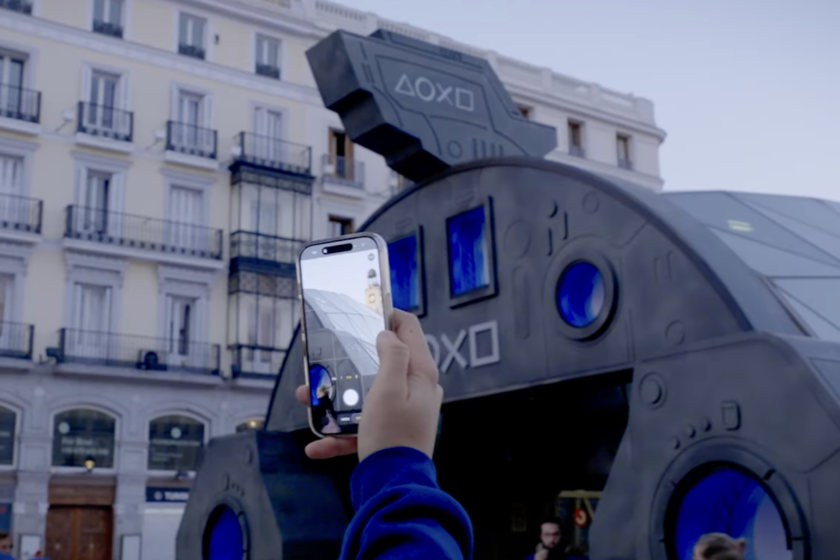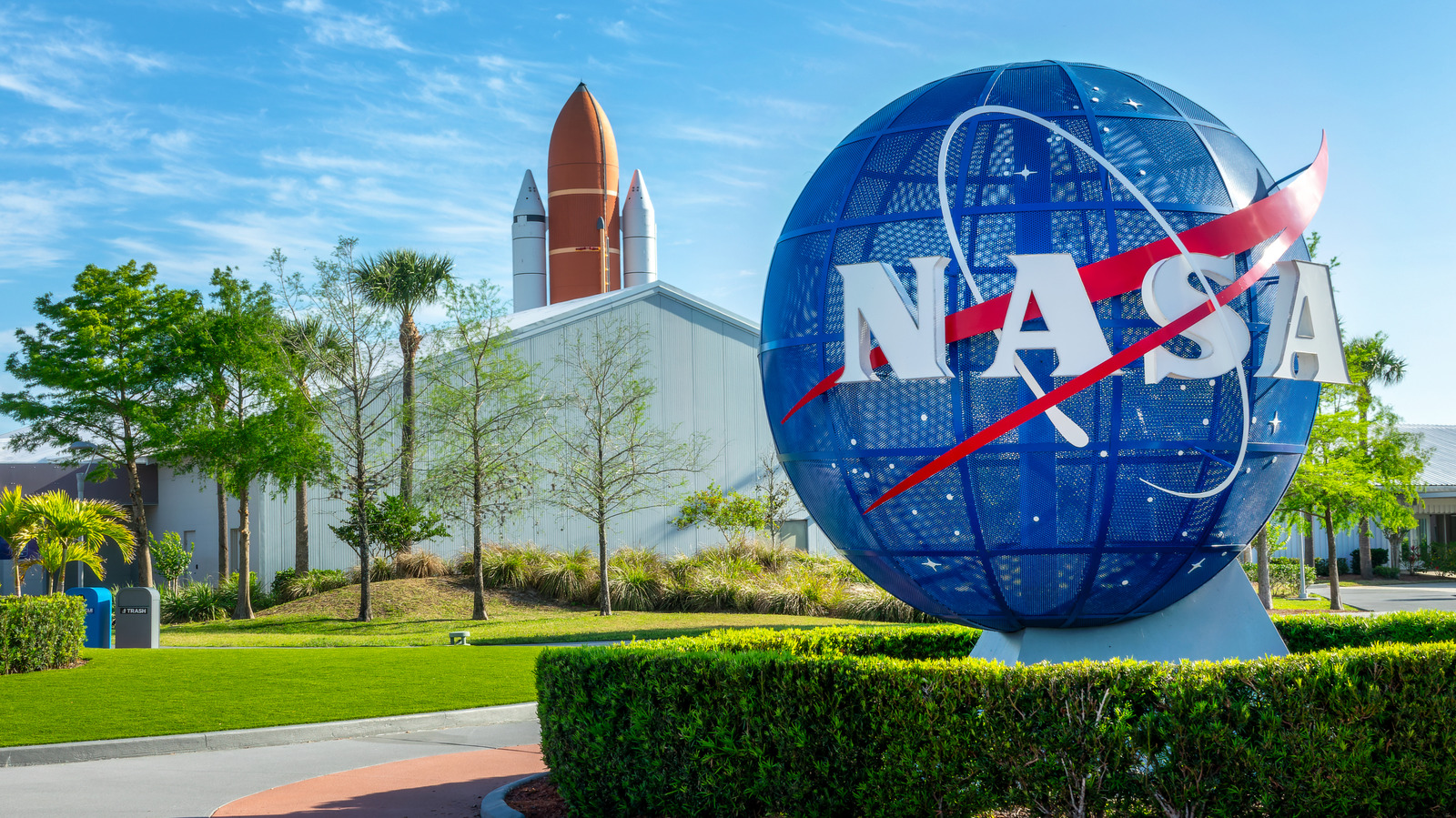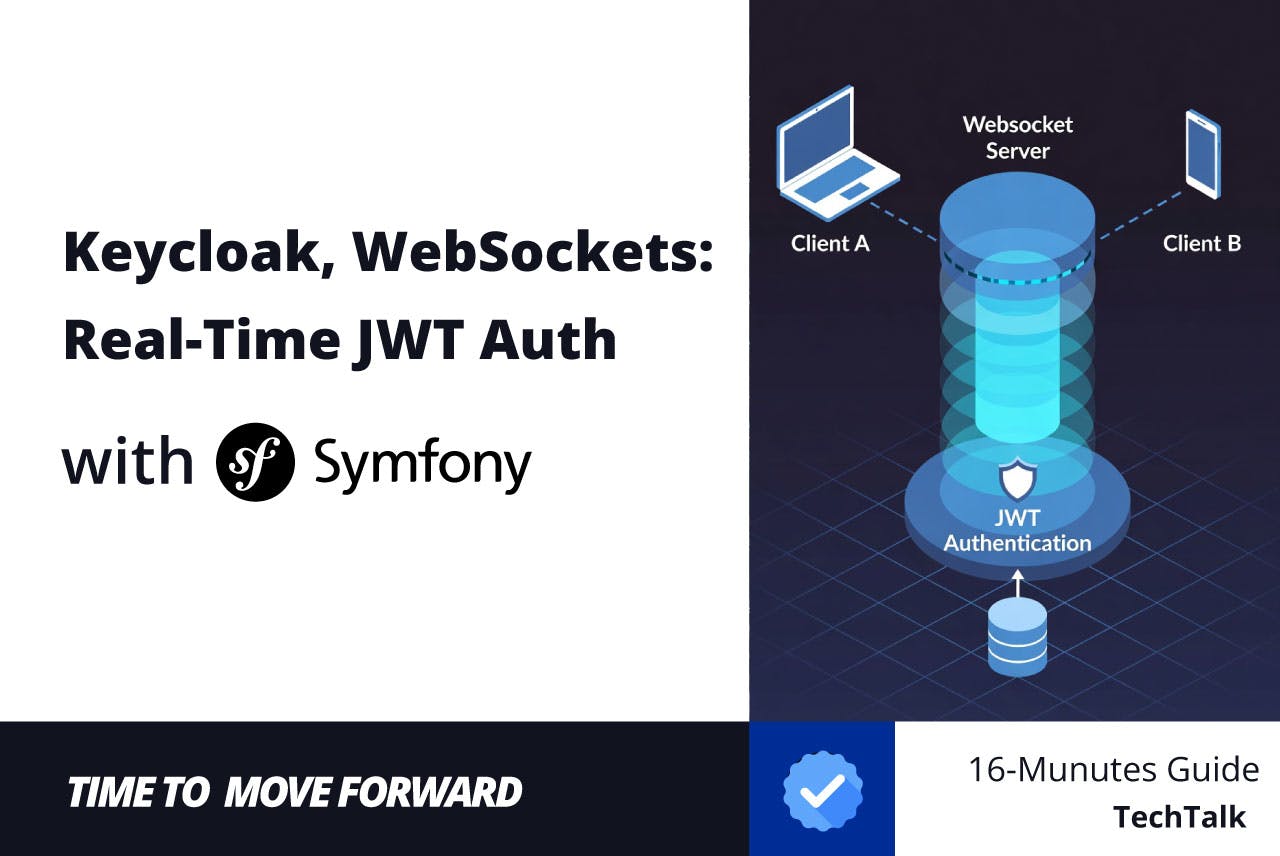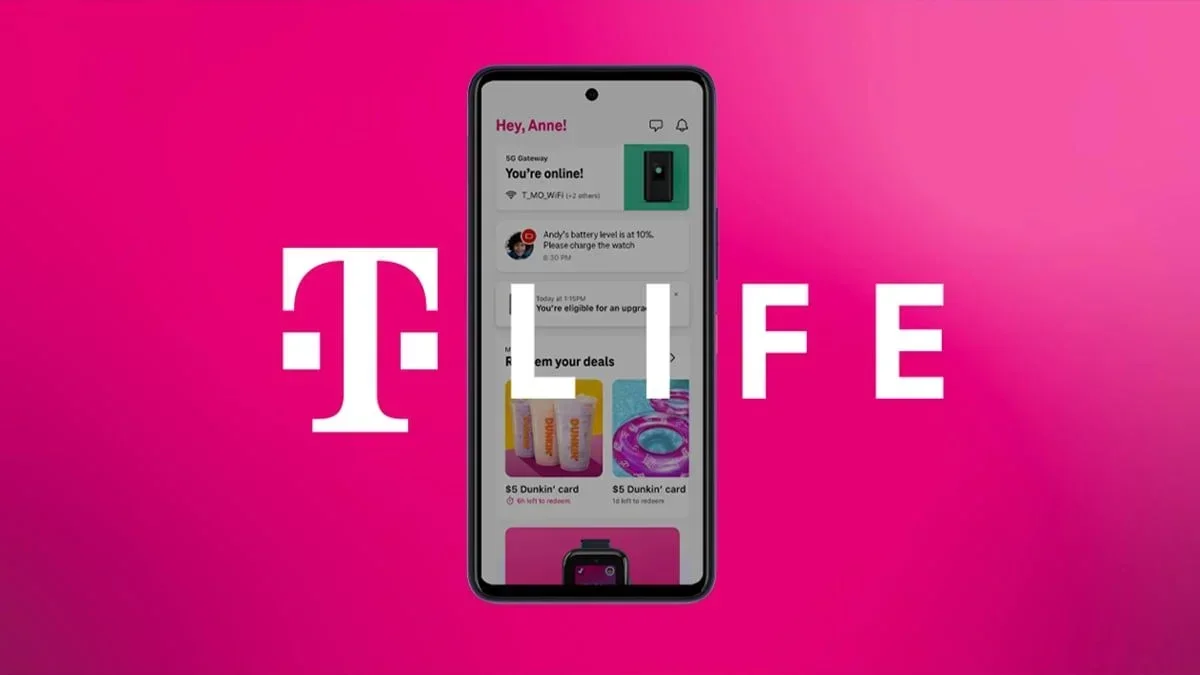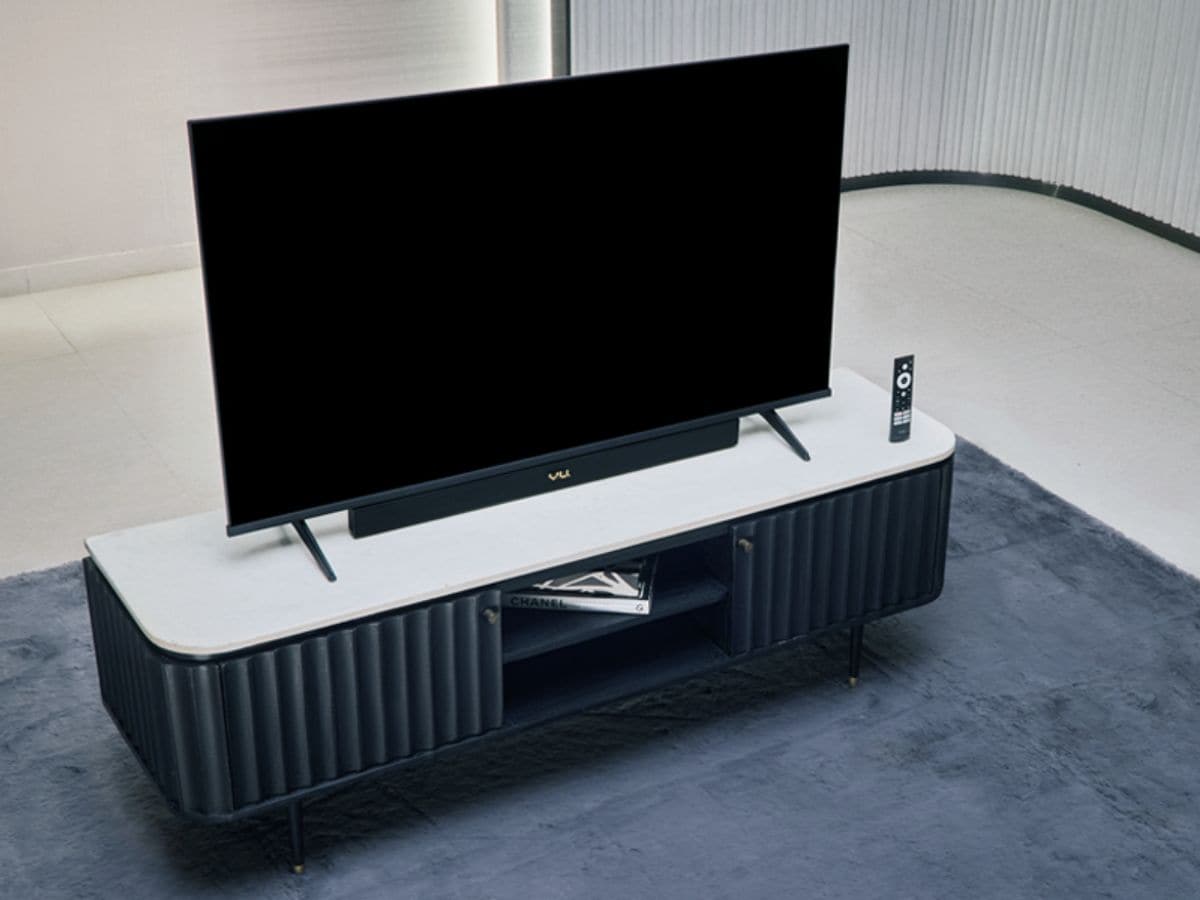A spaceship has parked in the center of Madrid. No, you don’t need to start running like you’re Naruto because it will be there for a few days. This is not a real ship, but the Sol station. And the reason why the design of the subway entrance has been changed to that of this ship is because it is an advertising campaign for PlayStation. And more than something special, it is part of a phenomenon.
That of converting part of large cities into theme parks.
what has happened. Last Tuesday, November 4, one of the entrances to the Sol station in Madrid appeared “tuned.” Depicting a “crashed” ship, PlayStation itself gave some details about the action on its blog. The streamer The Grefg is involved in a campaign that will be resolved on November 19 and in which four PlayStation 5 Pro will be delivered.
It is not a celebration of the launch of any game, but rather a big raffle for which PlayStation has decorated an emblematic point in the city.
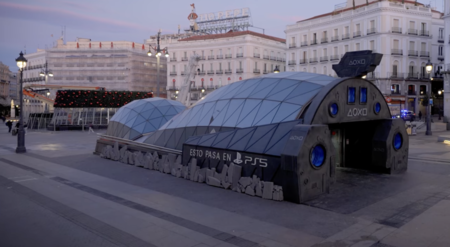
Marketing experiencial. These types of interventions are not new, although in Spain it is one of the largest marketing movements seen in recent years. It is a strategy designed to create links with users beyond those that can be established with traditional advertising. A giant LED screen or a billboard is something that we have so internalized that we even ignore it in many cases, but when the station you pass by every day becomes something else, it inevitably draws attention.
It is something that reconfigures the perception of the urban environment and can manifest itself in multiple ways. Transportation stations are some of the favorite centers of companies because they are points where many, many people pass through. Sol, without going any further, was “Vodafone Sol” for many years and, although it is a different example, it serves to identify a place and a brand.
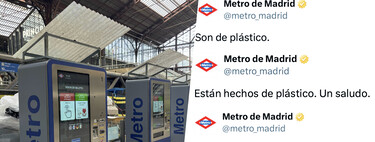
Advertising outside the advertising space. It has come to be called “visual pollution of a commercial nature” by generating advertising exposure that the citizen cannot avoid. You are going to see it, whether you want to or not, but beyond the subway users themselves, it is an advertisement that generates a conversation on social networks.
Public landscape = advertising canvas. As we said, Madrid is becoming an example of how public settings are converted to support a commercial narrative. Next to the PlayStation warehouse, and literally at kilometer zero of Madrid, the watch brand TAG Heuer placed a giant clock with a countdown a few weeks ago indicating the 365 days left until Formula 1 returns to Madrid (something that the neighbors also have their pluses and minuses about). It is not very different from what happens with the Olympic Games, but there are other bloodier examples.
Without leaving the metro, in 2016 the Chueca station was transformed with the colors of the rainbow. It was not something promoted by political movements in favor of the LGTBI+ collective, but rather an advertising action by Netflix under the slogan “Rainbow is the new black.” The campaign was temporary, but the group managed to keep the colors after Netflix withdrew its brand. And Puerta de España has also been customized in the past.
Pragmatism. This, obviously, does not come for free. Madrid, under Mayor Alberto Ruiz Gallardón, approved an ordinance that regulates outdoor advertising in Madrid by which advertising banners in Puerta del Sol and other central environments would be placed exclusively in buildings with certain characteristics. That is why Puerta del Sol is wallpapered with advertising from big brands, series or movies, for which companies have to pay a large fee to the city.
In the end, looking at it from the most pragmatic point of view, these public-private activities finance infrastructure and furniture that municipal administrations could not afford. That is to say: cities obtain income through these advertising permits and companies gain a scenario that hundreds of thousands of people see every day. In a context in which many cities are attracting tourism and investment, it is a win-win if we think with a cooler head.
The aforementioned Vodafone Sol contract was for three million euros to change the name of the station between 2013 and 2016, as well as the name change in the red line public address system. And, when the contract was not renewed, it was Vodafone that bore the management costs.

Reactions. Now, while cities like Madrid, Barcelona or New York allow these activities, others restrict them. An example is Lyon, which has decided to reduce outdoor advertising in public spaces by up to 75%, especially eliminating digital screens. Outside of the previous pragmatism, it is something that exerts a tension between municipal revenue, commercial freedom and the protection of the urban landscape.
In the case of the PlayStation ship, varied reactions have been seen, from enthusiastic voices to those who criticize this conversion of the city into an amusement park. The truth is that PlayStation is a company that carries out very imaginative advertising campaigns in several cities and in Spain nothing this big has ever been seen.
Much angrier reactions also occurred in another recent action in the subway, when the company Uber Eats changed the name of the emblematic Goya station to… yes, you’re guessing it: Gyoza. Or the previous name change of the Blue Line to Stonewashed Blue. And the future Santiago Bernabéu station customized by Real Madrid.
Images | PlayStation Spain
In WorldOfSoftware | Japan has an amusement park dedicated to Spain. And it’s as wonderful as it looks

